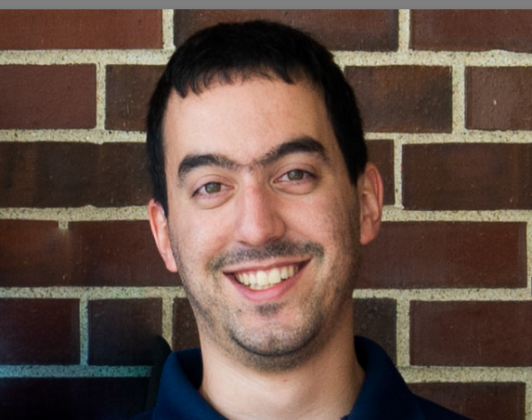第249期同路人学术论坛
Next Generation Vehicular and Airfield Rigid Pavements

主讲人:Dr. Armen Amirkhanian
邀请人:肖飞鹏老师
时间:2016年07月14日(周四)9:00
地点:交通运输工程学院103会议室
主讲人简介
Dr. Armen Amirkhanian is a post-doctoral fellow in the Civil and Construction Engineering department at Oregon State University. He received a B.S. in Ceramic and Materials Engineering and a minor in Chemistry from Clemson University. He received his M.S. and Ph.D. in Civil and Environmental Engineering from the University of Illinois Urbana-Champaign. He has conducted research on dozens of pavement projects for the state departments of transportation for Illinois, Indiana, Iowa, South Carolina, Oregon, and Washington as well as World Bank, the Illinois Tollway Authority, the O’Hare Modernization Program, and the Federal Aviation Administration. Dr. Amirkhanian has over 25 peer-reviewed and technical report publications. He serves as a reviewer for the International Journal of Pavement Engineering, ACI, TRB, and the Journal of Non-Destructive Evaluation. He currently works on research topics in the areas of rigid pavement design and analysis focusing on fine lightweight aggregate materials with faculty mentor Dr. Jason Weiss.
主讲内容简介
Sustainable engineering is a term that has picked up momentum over the past decade. Even though use of the term has been applied to almost anything and everything possible, it still contains the idea of making engineering decisions that consider more factors than just strength and up-front costs. In the area of pavement design, long term performance is slowly making its way into specifications numerous countries across the world. In order to properly design and even assess a pavement, a set of tools is needed that goes beyond a simple compressive or flexural beam test. A more rigorous analysis, combining numerical and empirical data, is needed to fully characterize a pavement structure.
This presentation will be divided into two parts. The first portion will focus on a specific problem that any and all rigid pavements face: curling, or warping, upon drying. This is issue is widely known in the industry yet there is almost no literature on the topic that examines the fundamentals in a laboratory setting. Furthermore, the current iteration of the Federal Highway Administration’s PAVEMENT-ME (formerly MEPDG and DARWIN-ME) only models temperature curling in its analysis. In this presentation, a detailed analysis is conducted on the curling behavior of concrete pavement materials that undergo drying to understand the fundamental mechanisms. The results of a Box-Wilson design of experiments model show how the interactions between w/cm, aggregate content, and moisture curing are complicated and in some cases, completely the opposite of what would be expected.
The second portion of the presentation will examine several field studies that examine how new thinking in engineering can solve old problems. One field project examines how a new type of isolation joint at O’Hare International Airport performs under live aircraft loading. Another field project will be examined that looks at how two-lift paving can provide a partially recycled pavement. Finally, an actual laboratory and field project look into how two seemingly incompatible items, asphalt and concrete, can be recycled together to form a new pavement structure.
欢迎各位老师、同学参加同路人学术论坛!
交通运输工程学院研究生会
交通运输工程学院青年教师沙龙